Comprehensive Human Capital Framework Report and Analysis
VerifiedAdded on 2022/07/29
|11
|955
|12
Report
AI Summary
This report provides a comprehensive overview of the Human Capital Framework, emphasizing its significance in organizational management. It delves into key components such as strategic planning and alignment, ensuring human capital programs align with organizational missions, setting goals, and optimizing resource allocation. The report further explores talent management, highlighting its role in recruitment, retention, and development of skilled workers. Additionally, it discusses performance culture, emphasizing behaviors and norms that drive organizational results and empower leadership. Finally, the report examines the importance of evaluation in assessing the merit and significance of organizational programs, improving their design, and ensuring measurable objectives. The report also includes relevant references to support the findings.
1 out of 11
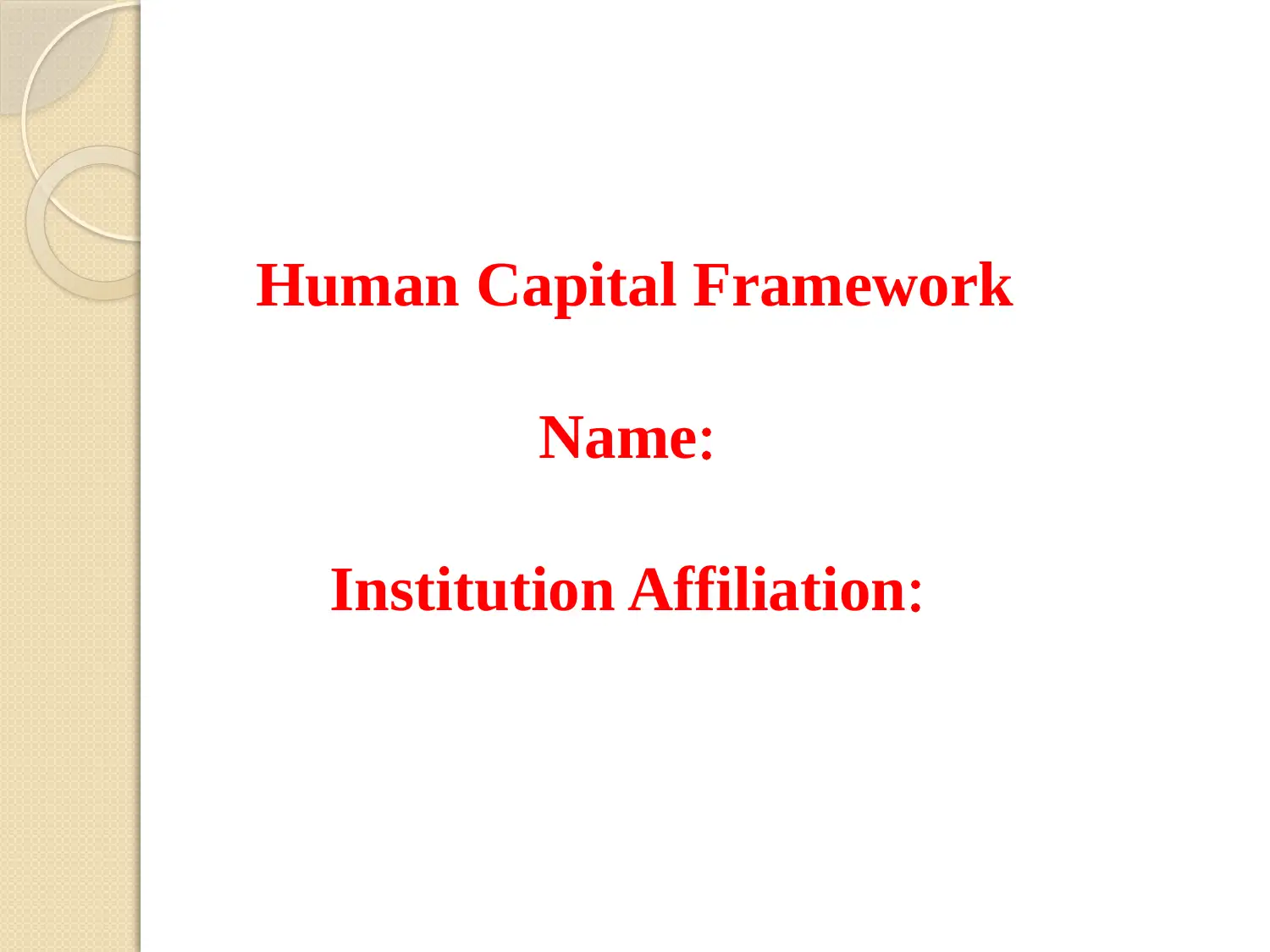
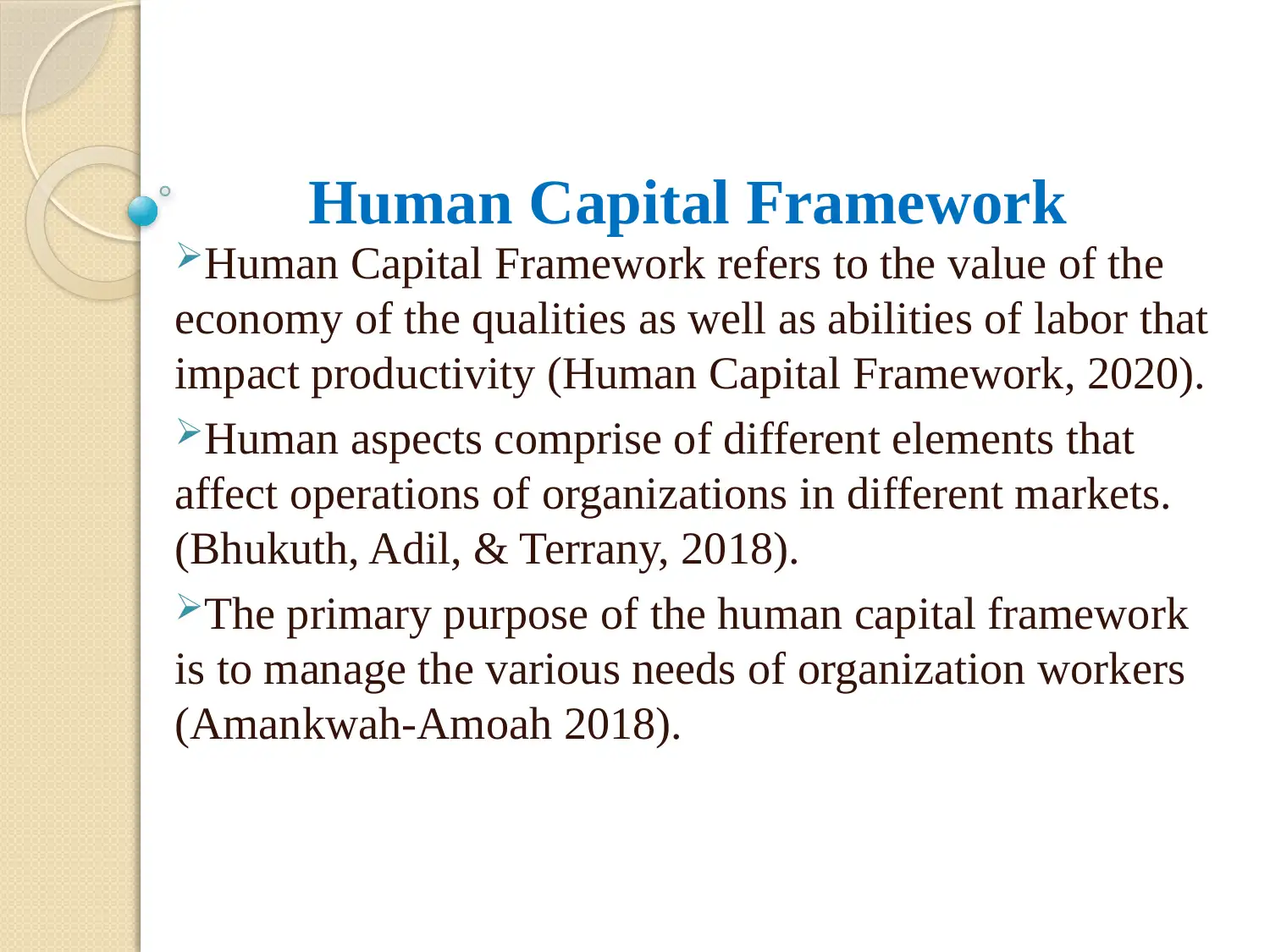
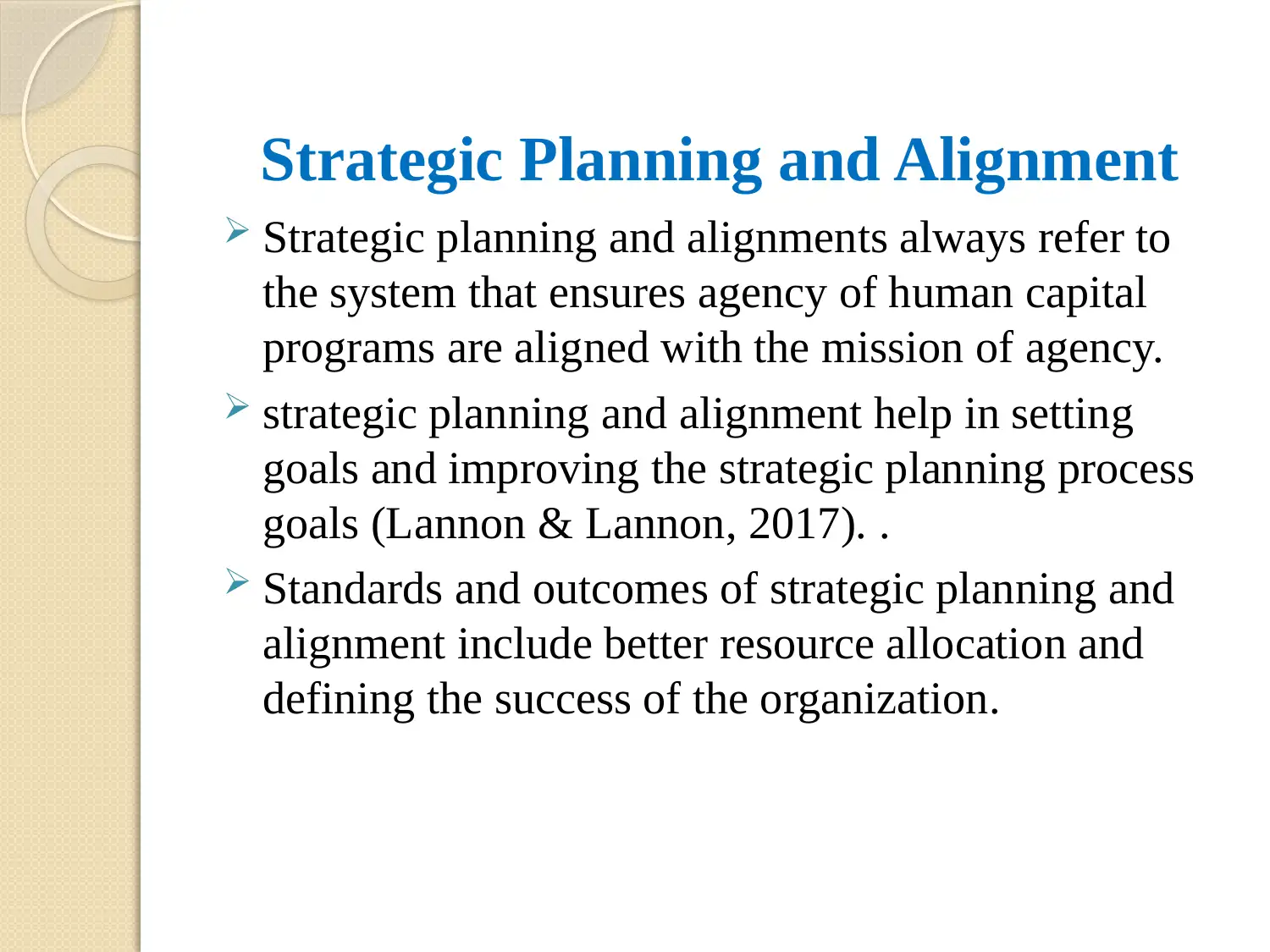
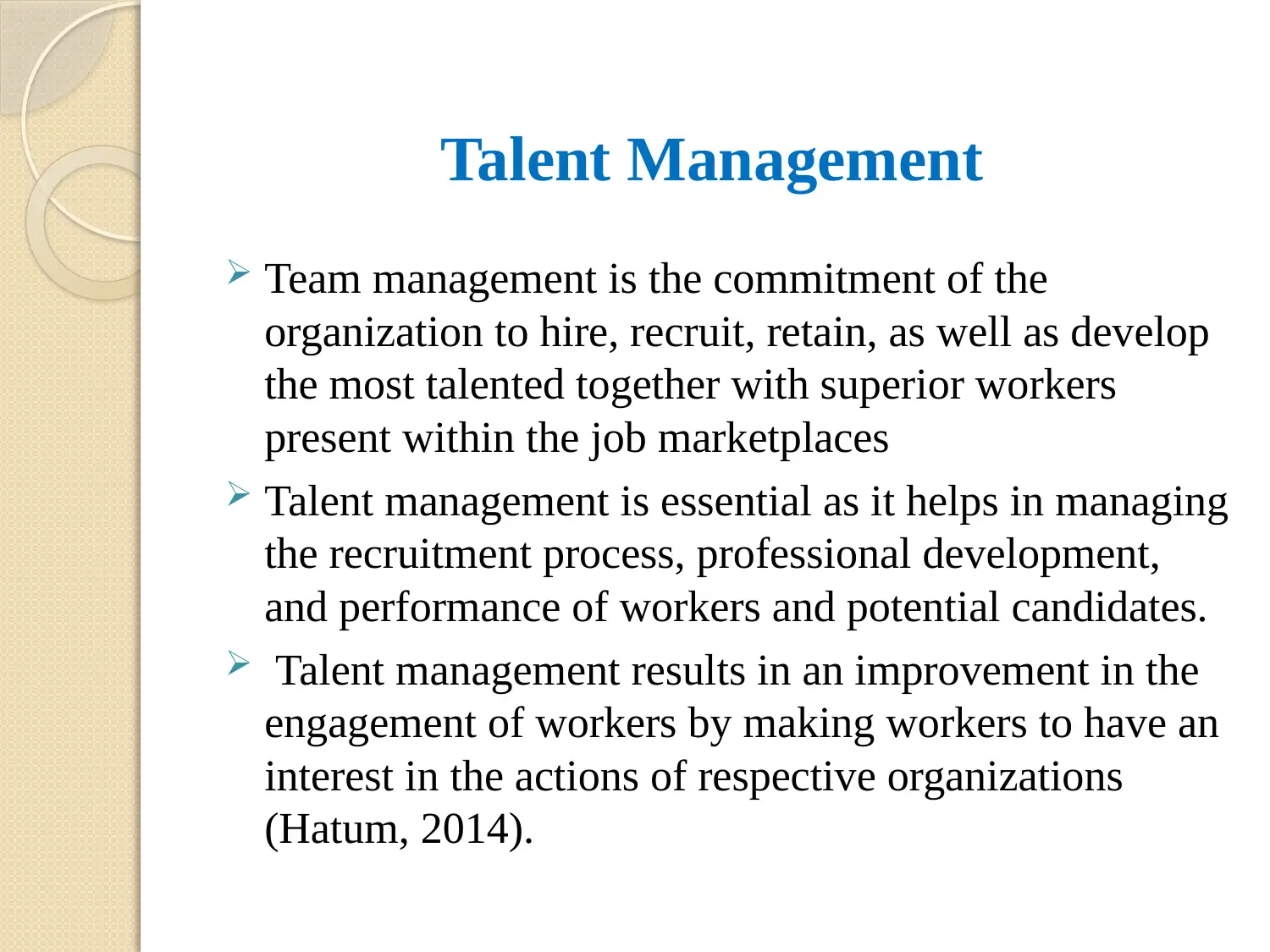
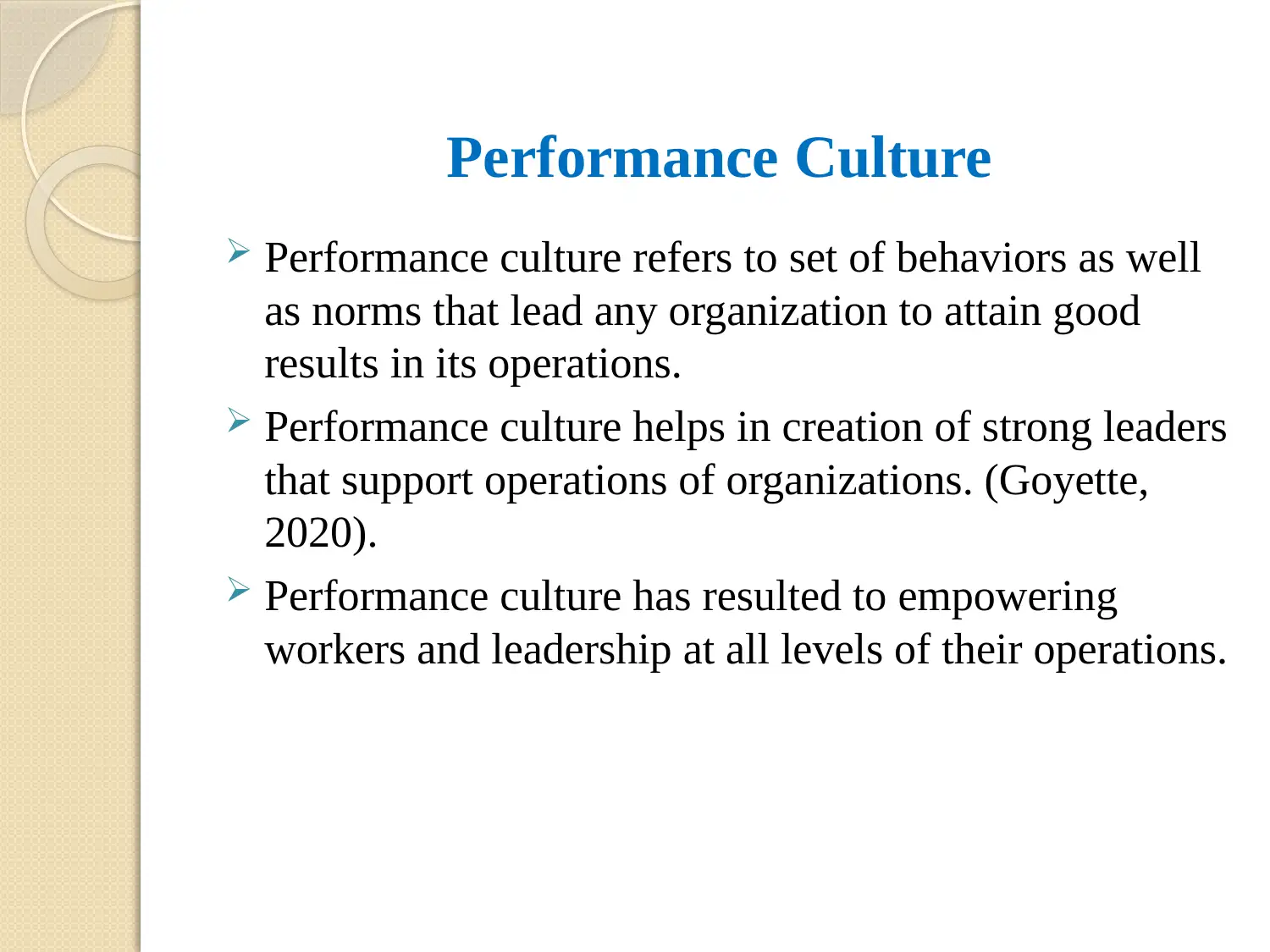
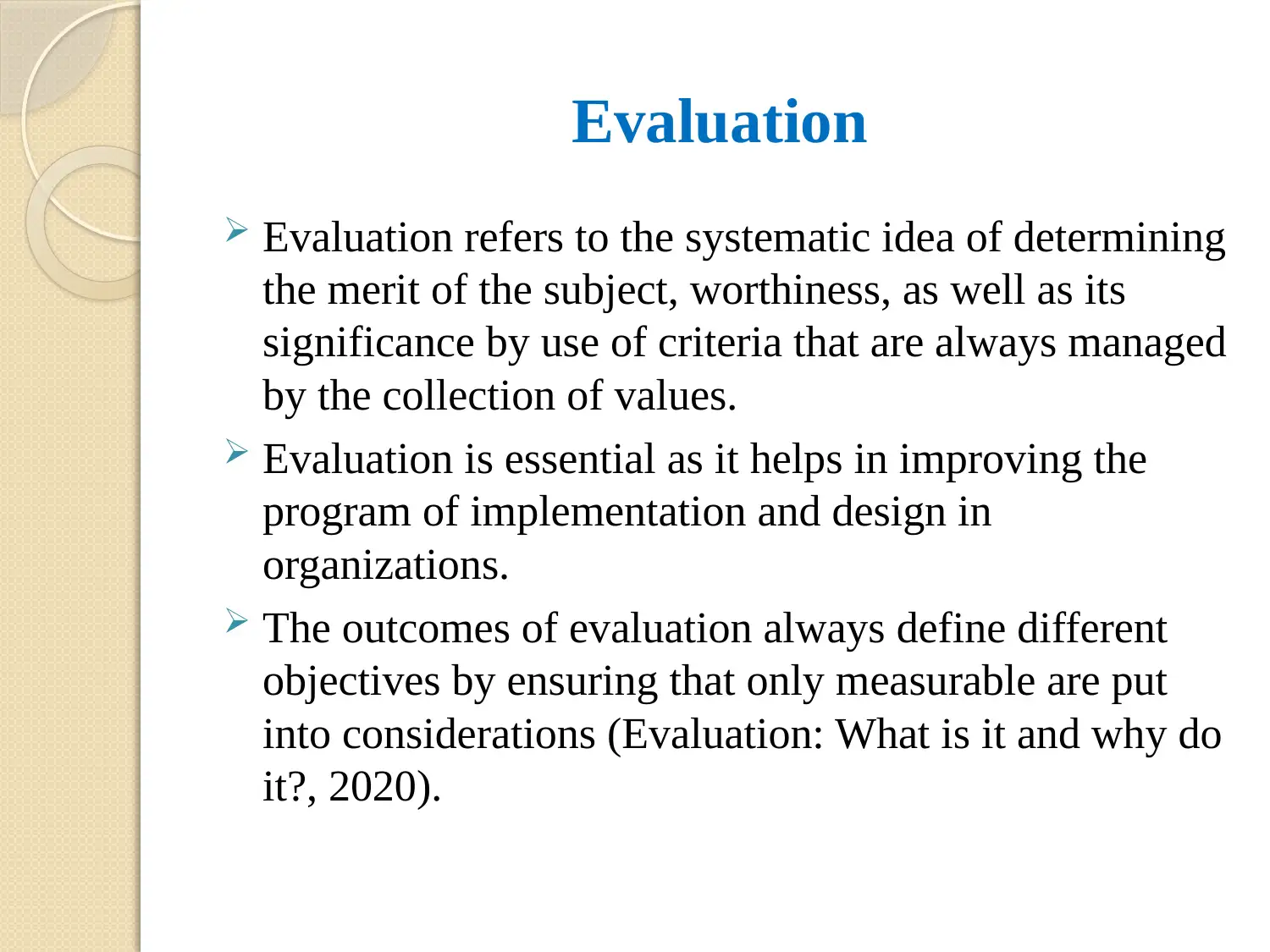
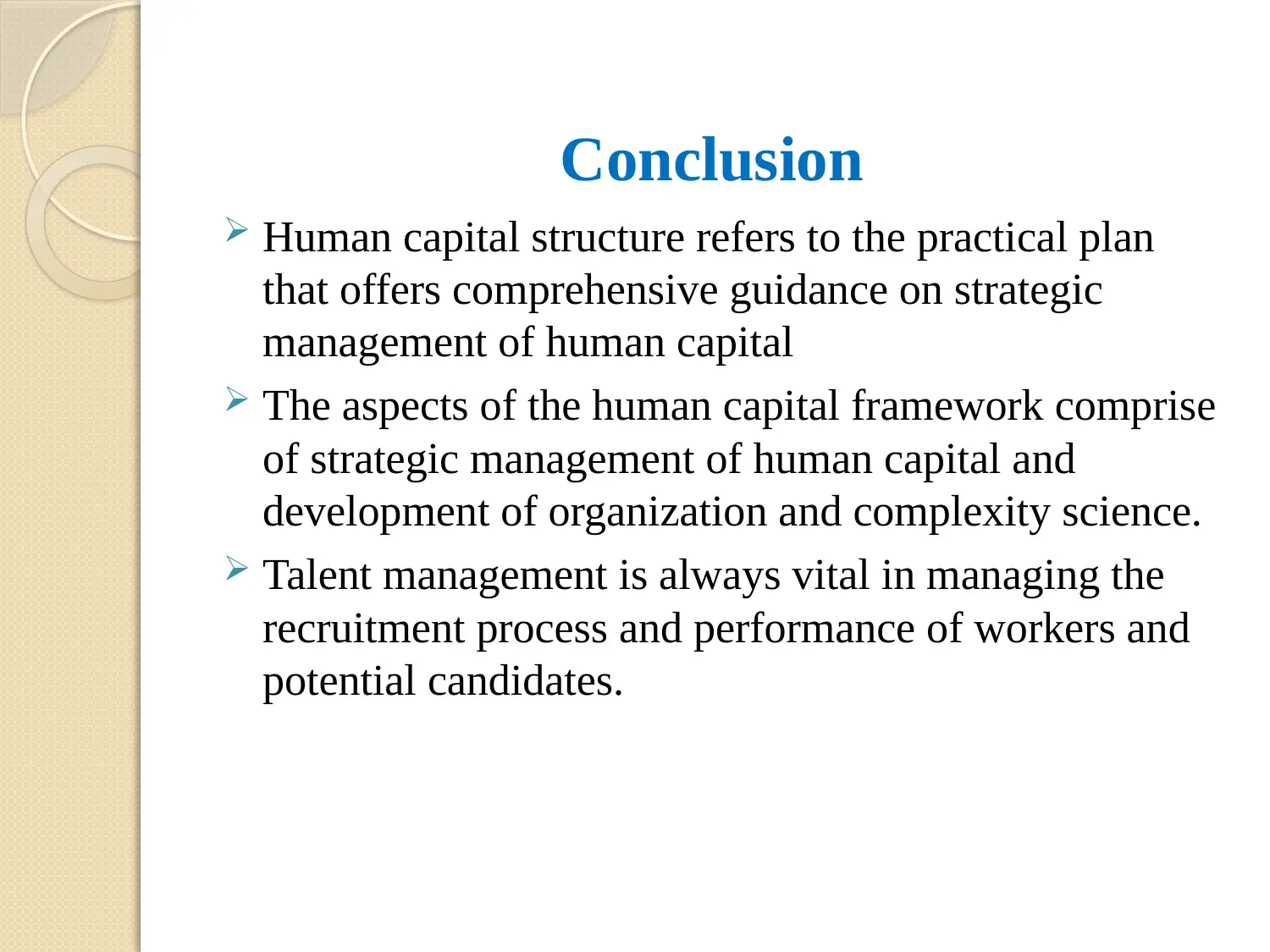
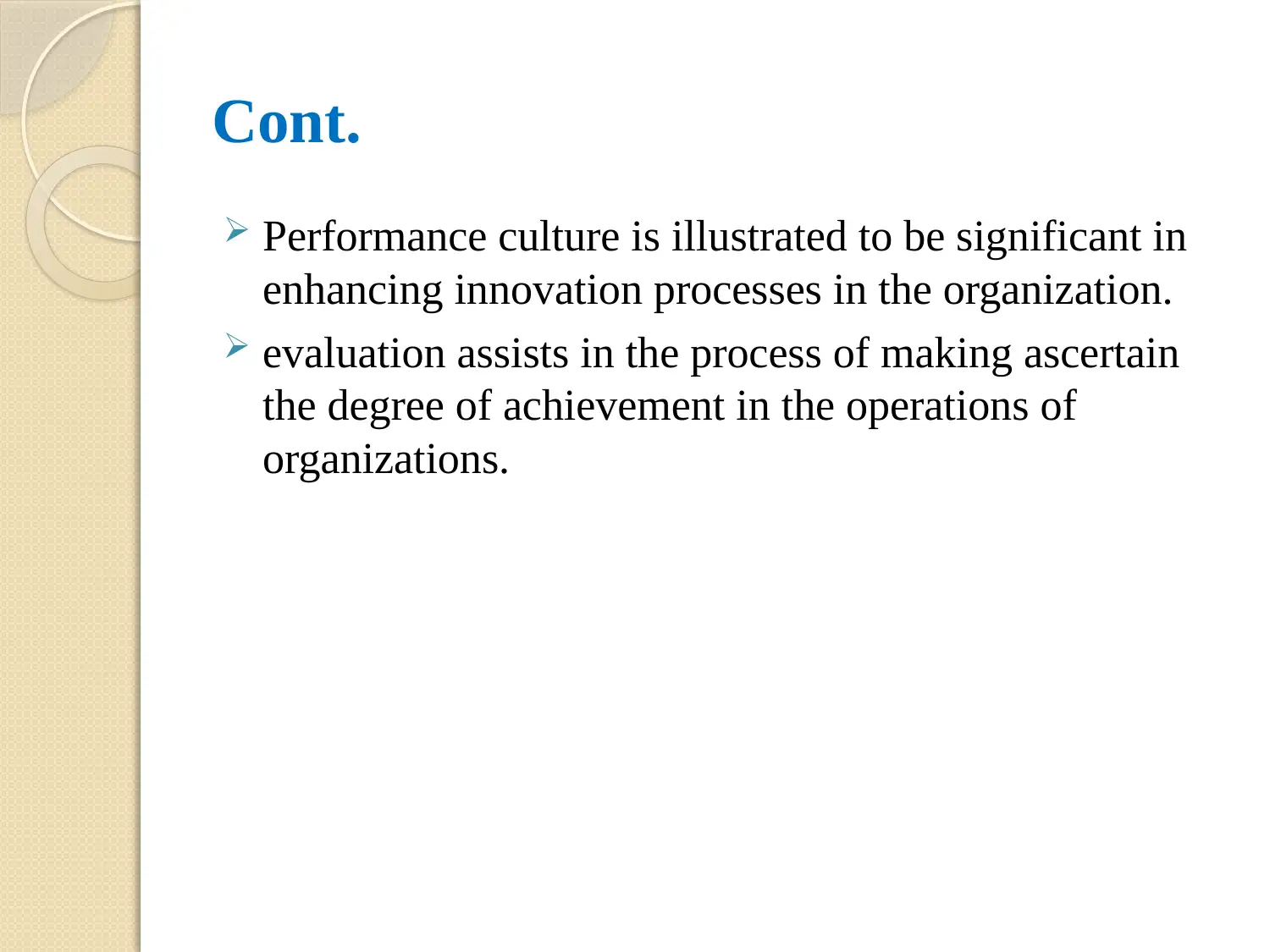
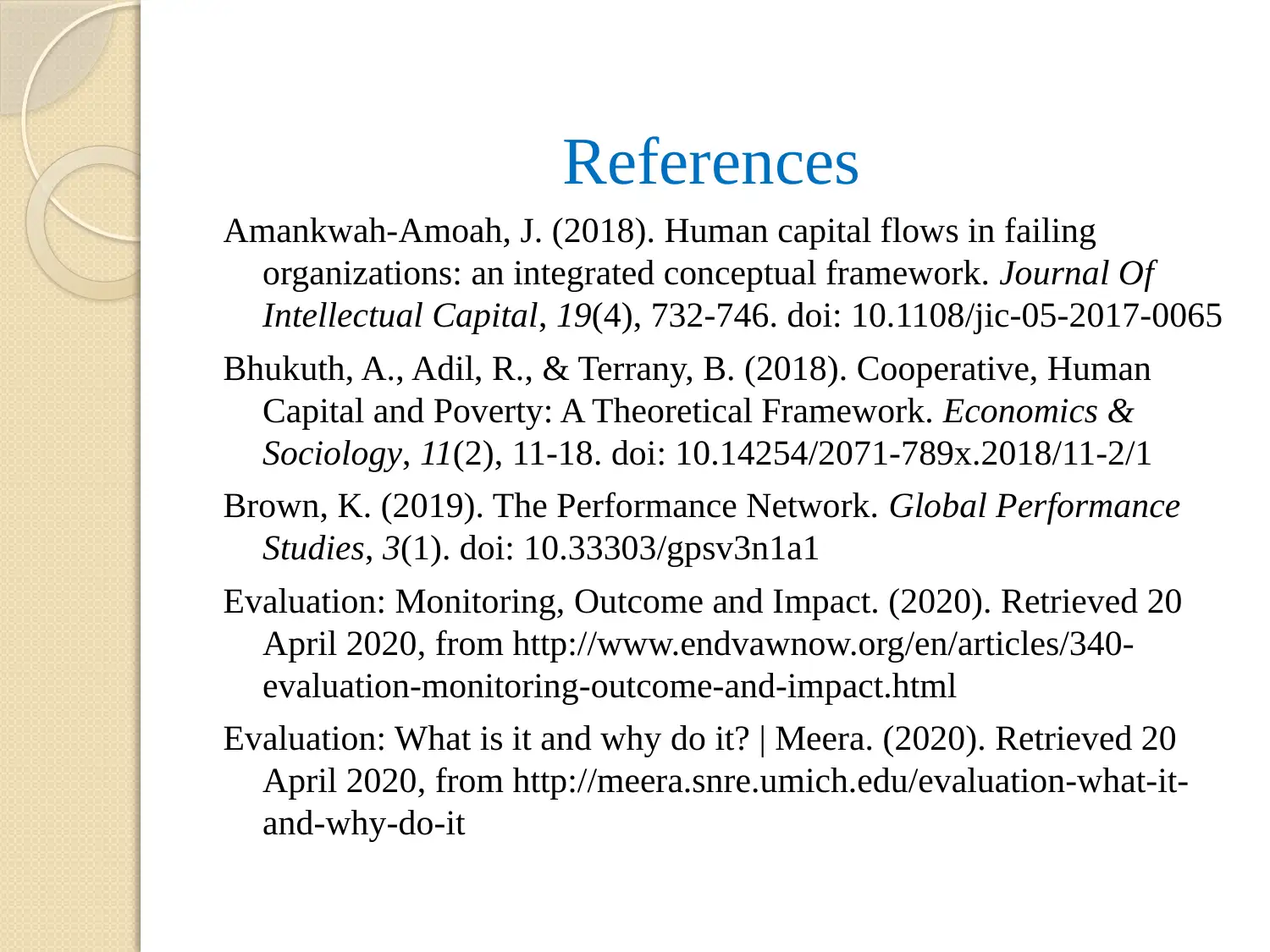
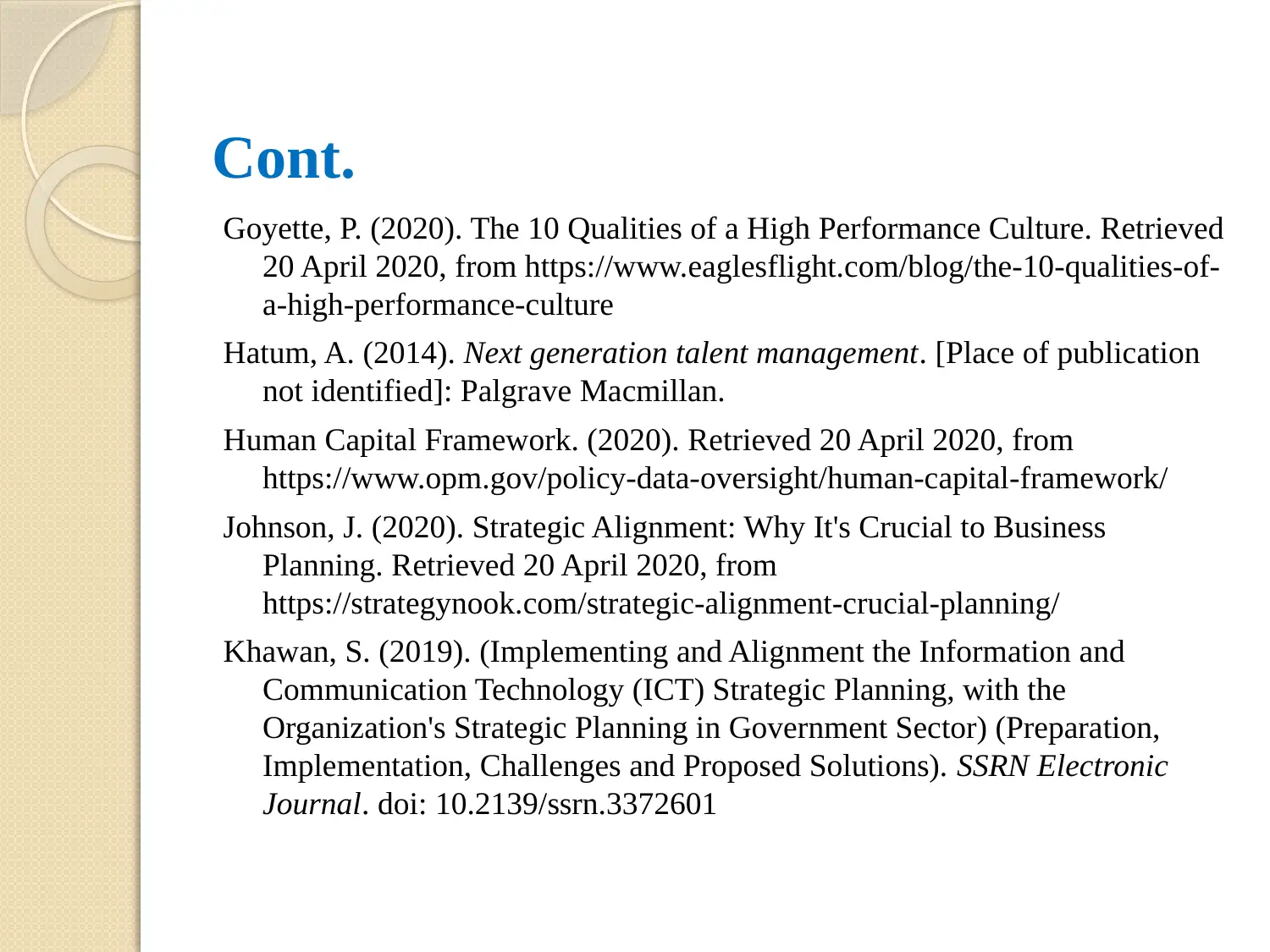
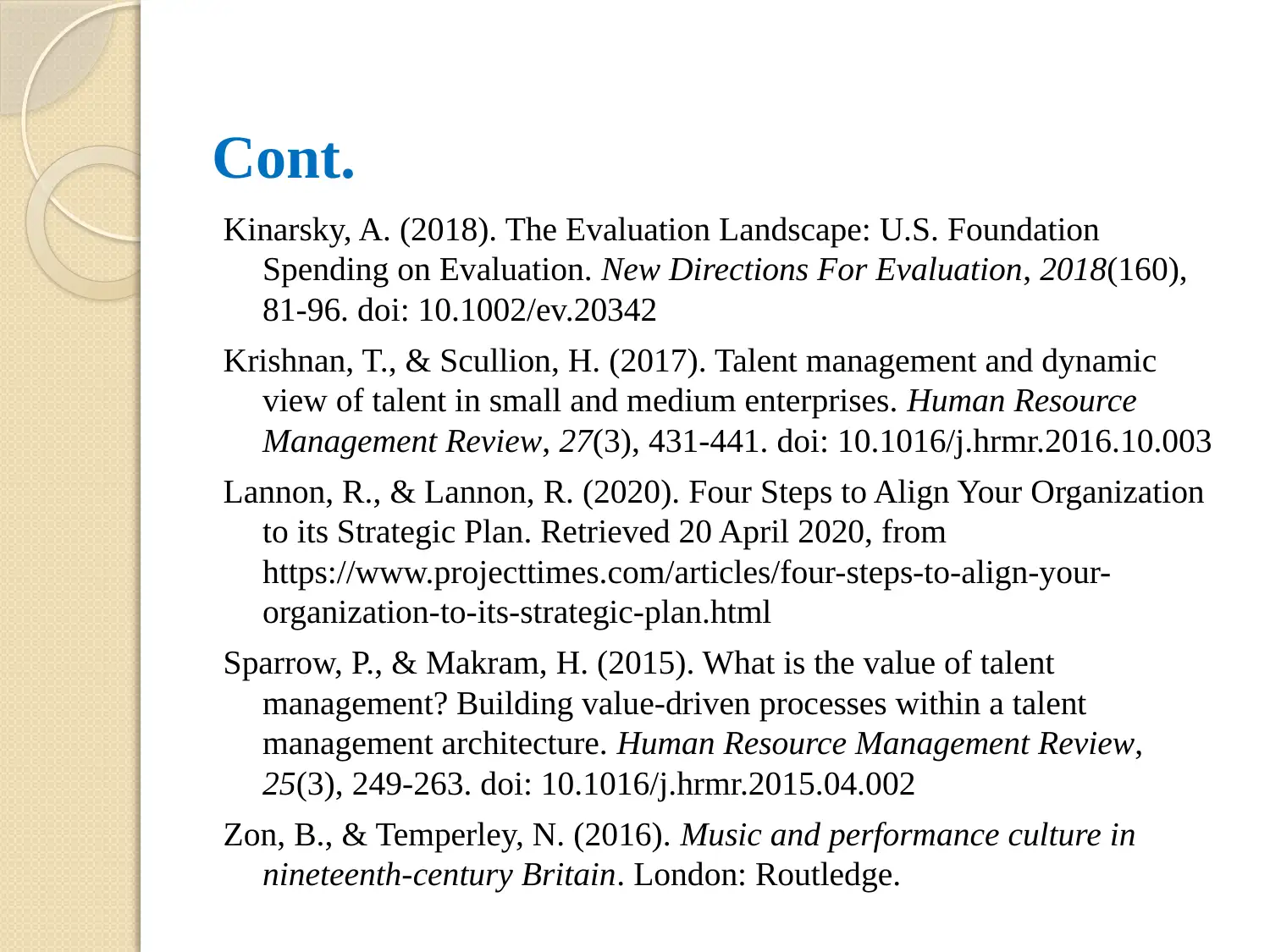






![[object Object]](/_next/static/media/star-bottom.7253800d.svg)